5 adorable miniature horse breeds you’ll love
You won’t believe how tiny these miniature horse breeds are!
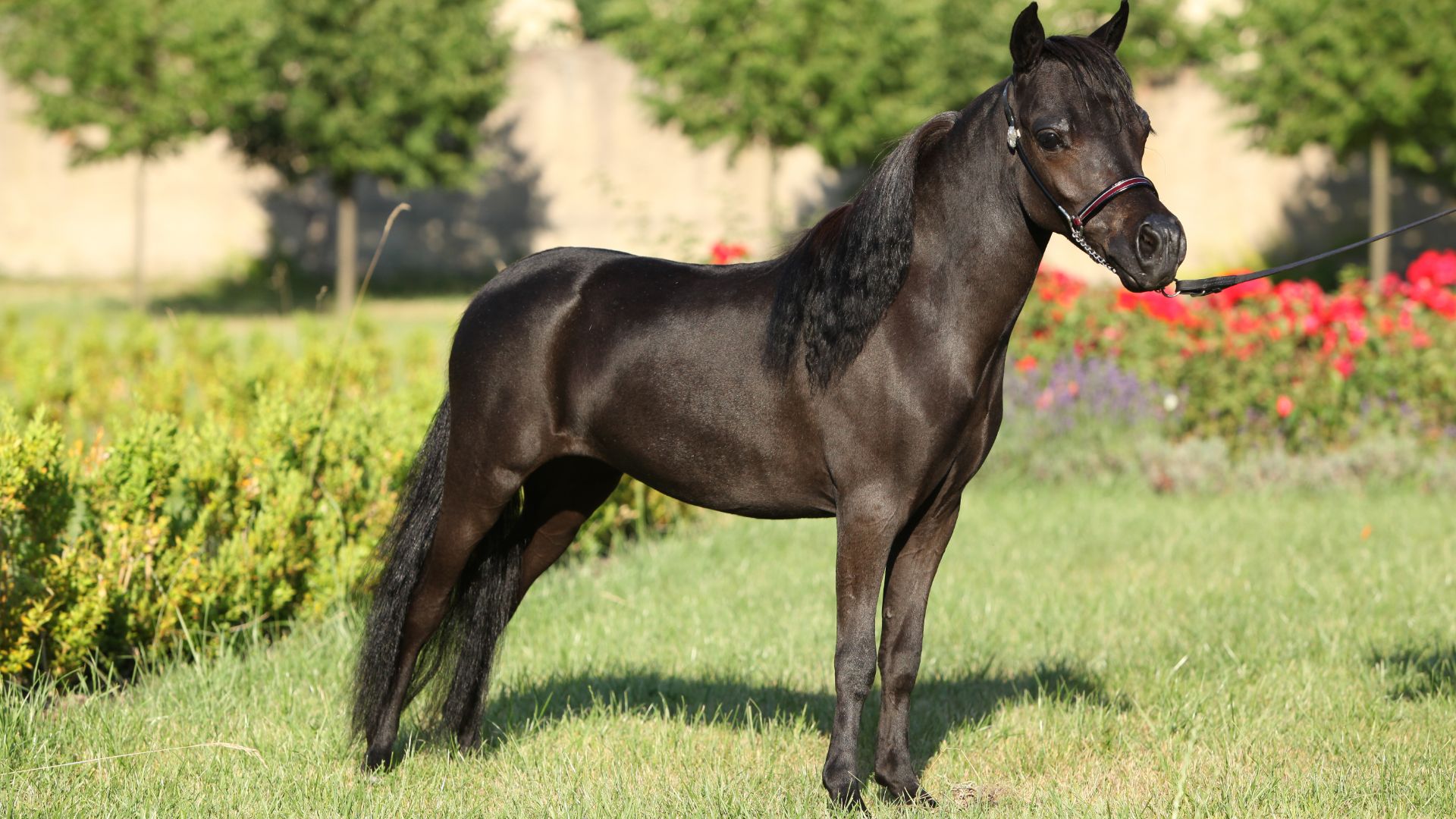
Small but perfectly formed, how many miniature horse breeds do you know?
We’ll be exploring some of the most adorable tiny equines in this article, but it should be noted that technically, not just any tiny pony can be called a miniature horse – more about this below.
Tiny equines need all the care and attention that larger horses do, and it would be a fallacy to think you can scale down your horse husbandry due to their size. In fact, minis need special attention paid to their weight. Monitoring their feed intake closely and ensuring they are exercised properly keeps minis happy and healthy.
Minis aren’t really for riding, but there are still so many ways to exercise, bond and have fun with a mini horse pal. They can be driven, for example, exhibited in showing classes and even take part in horse agility. They can be walked like a dog, too!
So, without further ado, let’s get a taste for the smallest horse breeds around!
Miniature horse breeds
5. Shetland
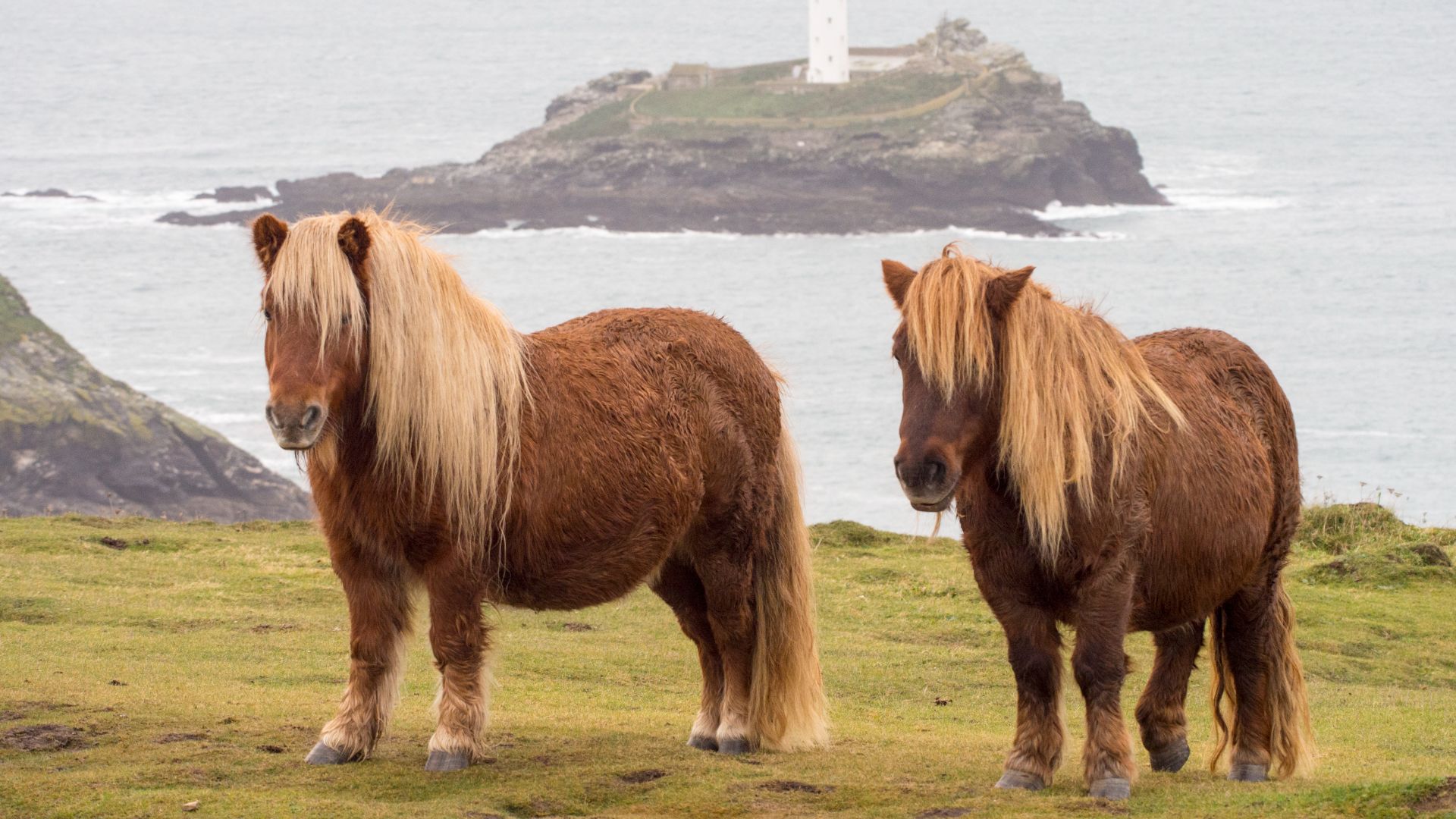
Height: Up to 42 inches (10.2hh)
Weight: 400–450 pounds
Common colors: Any color
Country of origin: Scotland, UK
We kick off the list with one of the most iconic pony breeds, the Shetland. Not only are these little floofballs one of the smallest equine breeds, they can also be considered among the oldest.
Hailing from the Shetlands, a group of small islands more than 100 miles from mainland Scotland, the eponymous pony, or at least its ancestors, are thought to have been found there more than 2,000 years ago. The generations of living in a wild landscape with harsh weather and limited food have made the Shetland what it is today – a hardy, resilient breed with an attitude to match its stunning yet unpredictable native land.
Get the best advice, tips and top tech for your beloved Pets
Shetlands were originally used for land-based tasks, transport and mining. Nowadays, life isn’t as tough and they are doted on as pets and children’s riding ponies. Lovable yet stubborn, a Shetland knows its own mind and will take advantage of any sign of weakness!
4. Dutch Miniature
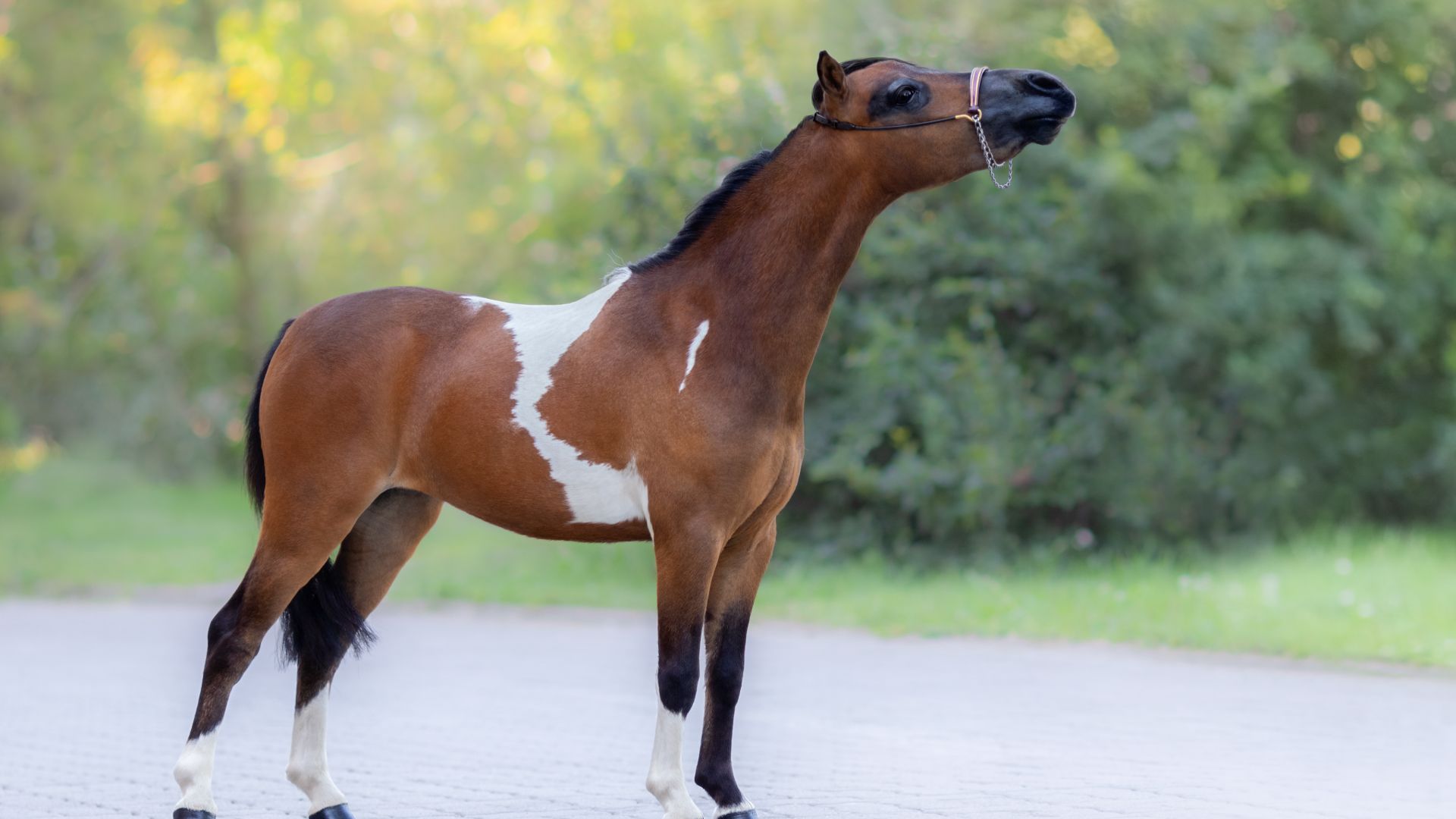
Height: 36 inches or less
Weight: 150–350 pounds
Country of origin: the Netherlands
The Dutch Miniature, or Nederlands Minipaard, is a finely-built miniature horse breed and has been established with a studbook since 1993. Initially, all horses under 106cm (42 inches) were welcome, allowing diverse genetics to help cultivate the little Dutch horse further. Today, those hoping to register their horse in the studbook must have a Dutch Mini pedigree with registered parents.
Dutch Minis are widely shown and the breed registry holds a summer show for minis of all breeds on the first Saturday of July. There are various classes, including jumping, driving and showing.
3. Miniature Shetland
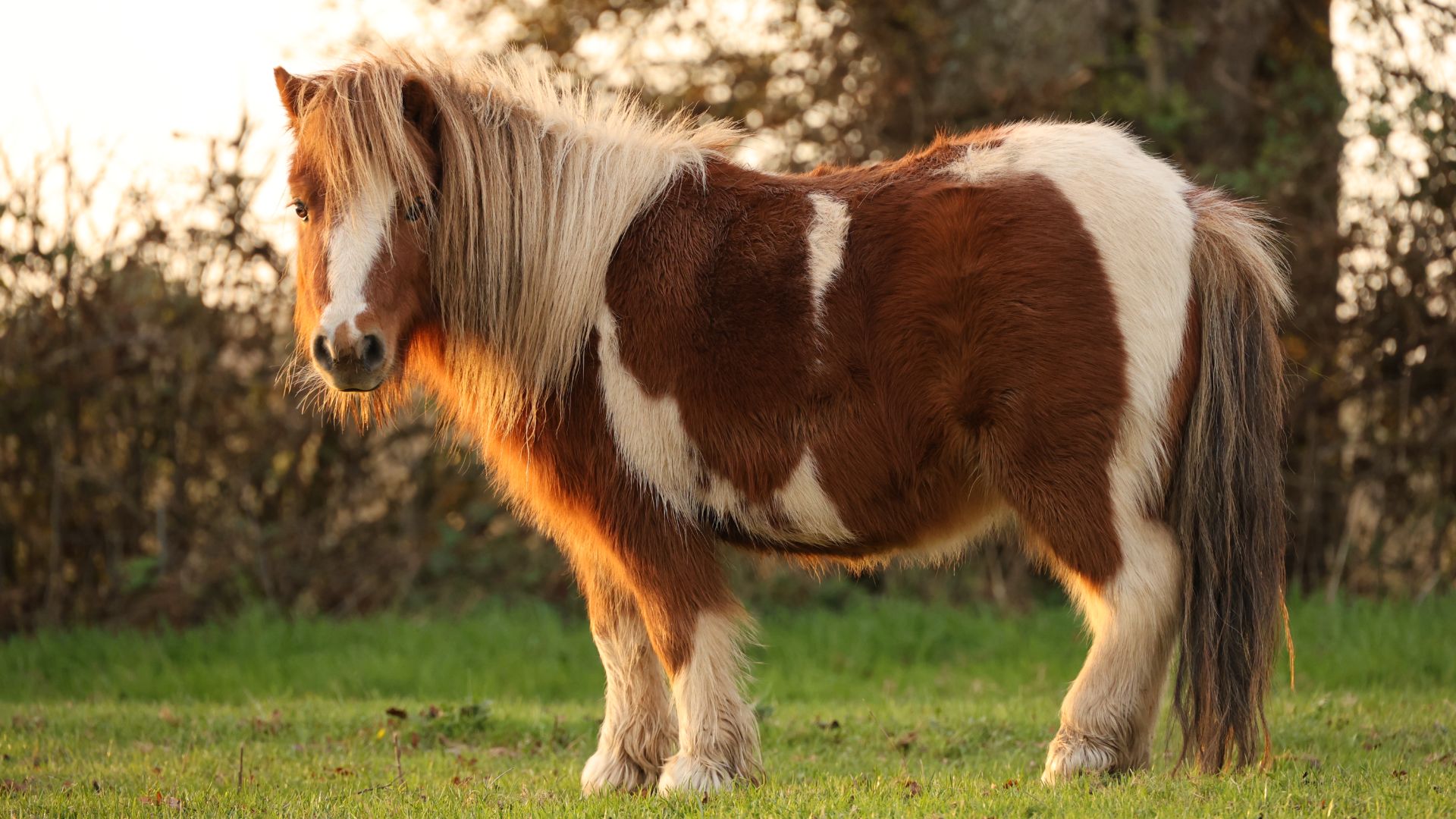
Height: Under 34 inches (8.2hh)
Weight: 200–260 pounds
Country of origin: Scotland, UK
Okay, we’re technically repeating here, but did you know Shetland ponies come in an even tinier version?
Just when you thought these little guys couldn’t get cuter and more floofy, along comes the Mini Shetland. They’re just like the standard size – chunky, surefooted, resiliant and cheeky – but can be more than ten inches smaller.
2. American Miniature
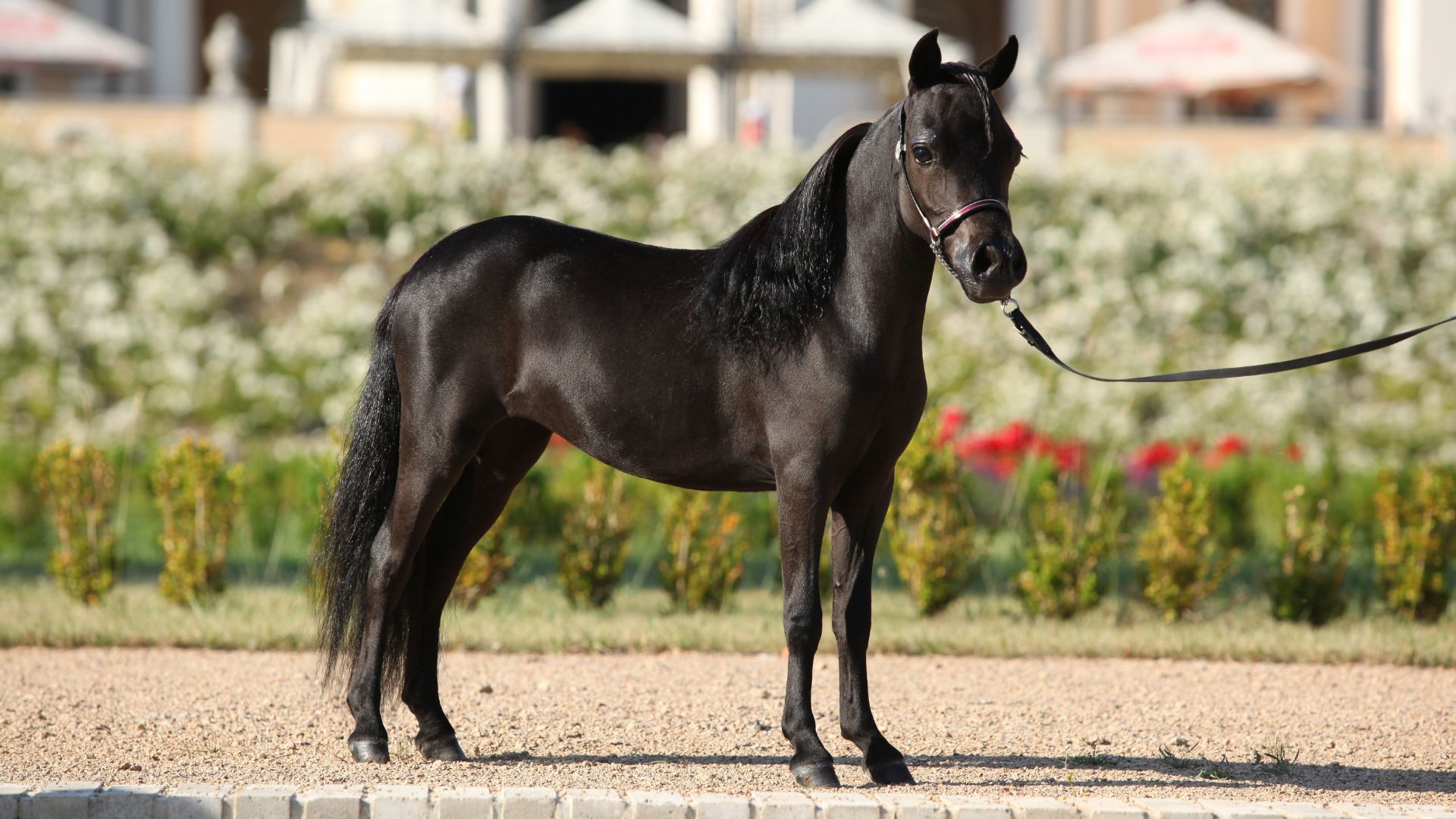
Height: Under 34 inches (8.2hh)
Weight: 150–300 pounds
Common colors: Any color
Country of origin: USA
The American Miniature is another of the miniature horse breeds that should look like an exact, tiny replica of a full-size riding horse.
According to the American Miniature Horse Association, the mini horse didn’t enter wider public awareness until the 1960s. However, their recorded history in the US begins in 1888 with records of an imported mini. The belief that the American Mini was cultivated further by way of crossing with imported European mining horses is widely held, and it’s thought the size might have been shrunk down with some Shetland Pony genes, too.
American Minis make for great companions; they’re affectionate, fun-loving and trainable. They can be driven and are prime candidates for halter work and equine agility.
1. Falabella
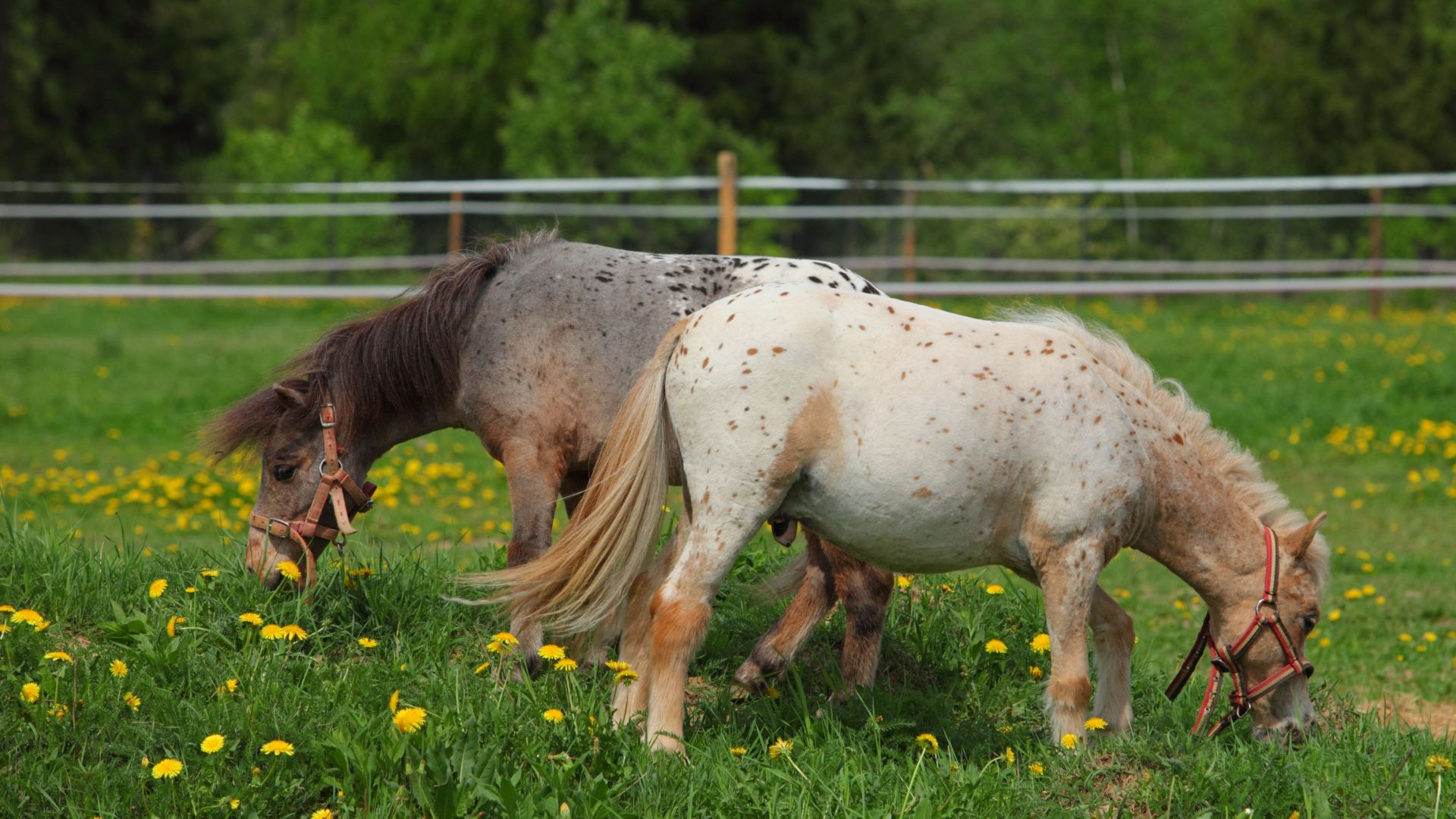
Height: 24–28 inches
Weight: 110–175 pounds
Country of origin: Argentina
This tiny Argentine breed takes the top spot with ease! Falabellas are pretty rare, with just a few thousand purebreds worldwide, but despite their super-small stature, they can withstand temperature extremes and rugged terrains.
The breed’s origins lie in the Spanish horses brought to South America from the 16th century onwards. Essentially running wild, these horses made their way to isolated regions outside Buenos Aires, while some joined herds that belonged to the indigenous Mapuche people. Centuries in the harsh environment with scant forage and water cultivated the breed’s stamina and intelligence.
In 1845, Irishman Patrick Newtall noticed the Argentine people were keeping unusually small horses alongside their riding horses, and began keeping and breeding them, transferring his knowledge to his son-in-law, Juan Falabella, prior to his death.
Falabella cross-bred with other horse breeds, namely Shetland ponies and specially-selected English thoroughbreds, to develop the Falabella – a scaled-down horse with a refined head and tiny features perfectly in proportion.
How small was the smallest horse ever?
According to Guinness World Records, the smallest horse ever documented was Thumbelina, a miniature from St Louis, Missouri. She stood at a minuscule 17 inches to the wither (that’s a little over 4hh) and weighed just 57lb. That’s about the same as an English Bulldog!
What is a miniature horse?
A miniature horse is just that – a sport or riding horse in miniature. Essentially, miniature horse breeds look like a full-size horse shrunk down, and maintain all the qualities of a horse, just teeny-tiny.
While you might come across a pony and a miniature horse standing at the same height, you’ll be able to tell the difference because the pony will, well, look like a pony. That is to say that ponies commonly have a heavier build, a proportionally shorter body and legs, a wider barrel, thicker necks and shorter heads.
Another thing to note is that miniature horses have been selectively bred to achieve this scaled-down aesthetic over hundreds of years, and many different nations have cultivated their own versions of these tiny little guys.

Bethany is an experienced news and features writer with an equestrian specialism, and has been writing for internationally recognised titles, such as Horse & Hound magazine where she is currently features assistant, since 2017.
Prior to her career in journalism, she studied BA English at the University of Nottingham, where she graduated with a first class degree.
As well as cultivating a vast and far-reaching understanding of equine training and management, her first-hand pet care experience also ranges from dogs and rabbits to chickens and sheep.
She’s also volunteered at greyhound rescue centres by walking their four-legged residents.
When she isn’t writing, she's kept busy by her two horses and cocker spaniel, Matilda, who’s a dab hand at dog agility and loves performing her favourite party trick – weaving between her human’s legs as she walks.
